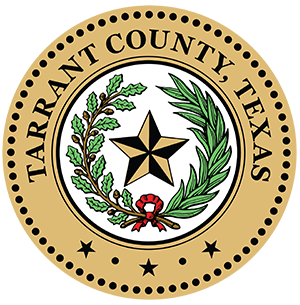Syndromic Surveillance
Data from syndromic surveillance may include:
Patient Demographics
- Age
- Sex
- Race
- Ethnicity
- ZIP code
- County
Visit Information
- Visit date & time
- Patient class
o Emergency
o Inpatient
o Outpatient
o Admitted
Facility Information
- Facility name
- Facility county
- Facility ZIP code
- Facility type
Clinical Information
- Chief complaint
- Clinical impression
- Triage Notes
- Initial temperature
- Travel history
- Pregnancy status
- Smoking status
- Discharge diagnosis(es)
- Discharge disposition
- Death
Limitations of Syndromic Surveillance Data
Syndromic surveillance can provide timely data that can identify potential cases of disease. However, due to the different nature of syndromic data compared to traditional public health data sources it is important to understand its limitations:
Chief Complaint Variation
Since the patient’s chief complaint (reason for seeking medical care) is typically entered as free text it can vary widely, with different terms used to describe the same symptom, issues with spelling, abbreviations, variation from facility to facility, and specificity of symptoms (e.g. “sick” vs “vomiting and fever”). This can make it difficult to accurately classify visits into syndromes or to utilize free-text searches since some visits may be misclassified based on the content of the chief complaint field.
Change in Data Volume
The overall volume in data sent to NTXSS has increased over time as more facilities have begun reporting data. It is important to consider this when evaluating trends over long periods of time since increases in counts of a syndrome may be attributable to the increase in volume. It can be helpful to evaluate syndromic data as a percent of total visits to account for this. Additionally, due to the COVID-19 pandemic there was a change in volume of visits in 2020 that should be taken into account as well.
Multiple Visits
Data within ESSENCE represent visits, not individuals, so if an individual has multiple visits for the same health concern (e.g. transferred facilities, follow-up visits) they may be represented within the data multiple times. Users should consider this when interpreting the results of their analyses.
Not Representative
Syndromic surveillance does not capture all healthcare visits and focuses primarily on emergency department visits rather than primary care visits. This means that less severe illness may not be fully captured within the system and populations without access to primary care or at higher risk of severe illness will be overrepresented.
Completeness
Visit information for each encounter is most often incomplete in some way, often missing optional data such as risk factors or more significant information such as chief complaint or diagnosis codes. This can lead to underestimation since these visits may not contain the necessary information to be classified correctly into a syndrome category. Some data, like diagnosis codes may also be received later due to the time it may take for a diagnosis to be made. Because of this users should be cautious when analyzing trends within the most recent few days for syndromes utilizing discharge diagnoses.


 TARRANT COUNTY, TX
TARRANT COUNTY, TX

 Public Health
Public Health